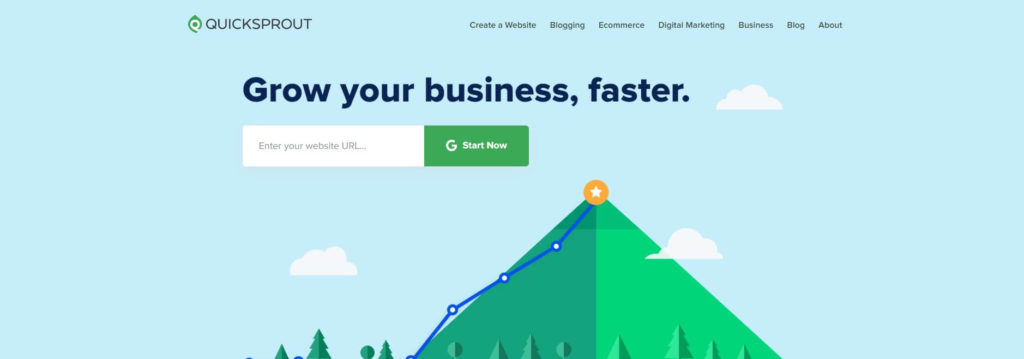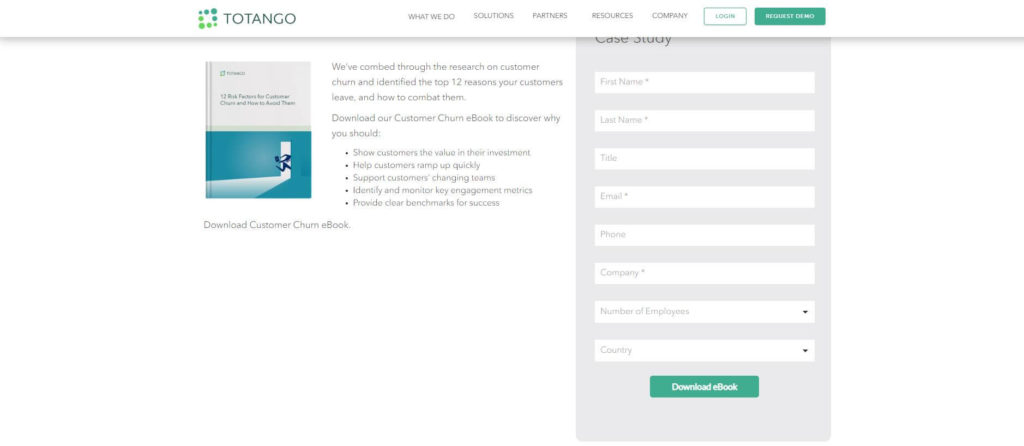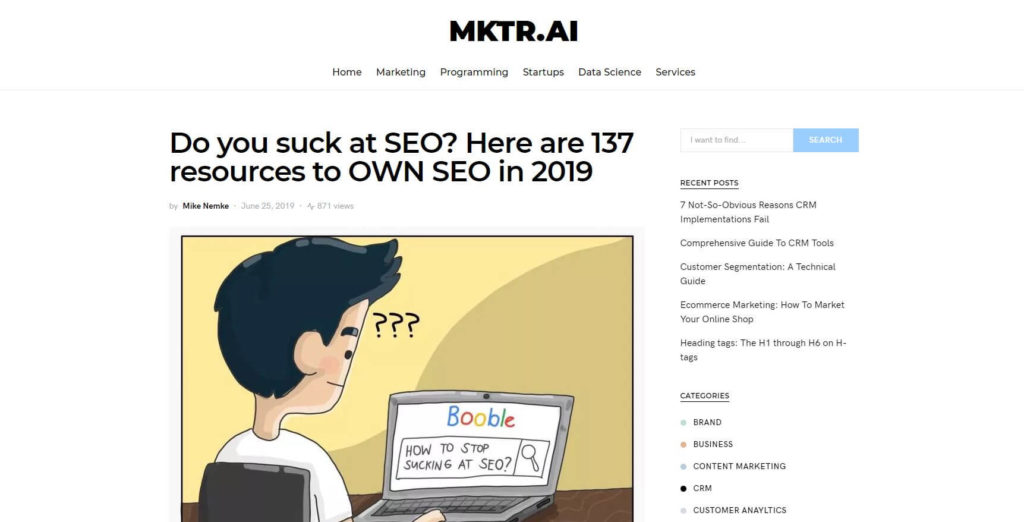How to write landing page copy that converts like crazy
Businesses that use 10 to 15 landing pages experience up to 55% more leads. Seven landing page copy techniques that boost conversion rates.
Businesses that use 10 to 15 landing pages experience up to 55% more leads. Seven landing page copy techniques that boost conversion rates.
Businesses that use 10 to 15 landing pages experience up to 55% more leads. However, it isn’t as easy as slapping a landing page up and watching the money come in. You need amazing copy to experience that.
Copywriting is the art of using words to convince customers to purchase a product. Furthermore, landing pages are bare-bones sales pages with one goal – to sell something.
That means landing pages need to have a crisp copy that gets the customer excited or they’ll leave in a snap of a finger. This is also why we’re going to be covering seven landing page copywriting techniques that boost conversion rates today if you keep reading.
Let’s dive in.
These are some of the best copywriting strategies you can use throughout a landing page. Try them out in headlines, subheadings, and within the body. Use them in different combinations and see the results for yourself.
Calls to action are phrases and words which tell the customers to do something. This typically involves helping them to take the next action in a sales funnel. Common CTAs that work well include:
They are subtle but extremely powerful. In fact, it’s been found that 90% of visitors who will read your headline read the call to action copy, too. That means if you wheel them in with a great headline, you’re increasing the chances of customers converting by adding a CTA afterward.
Check out this landing page for QuickSprout where they use the prompt “Start Now” in the text field for free website analysis.

Note how the headline “Grow your business, faster.” gets the reader’s attention while the CTA seals the deal.
Why do customers purchase a product? To solve a problem. Reminding them of this issue and the related experiences bring out emotions that can help improve the chances of a sale.
You have to remember that the purchasing process is very emotional. As a matter of fact, a Harvard University professor argues that it’s roughly 95% emotional. By making the customer feel emotions associated with the product and solution, you’re aligning with this consumer behavior.
Look how this customer success company uses this strategy on their website:

The copy on this ebook’s landing page mentions the pain point of customer churn multiple times, reminding anyone losing customers of their problem. Stating how this book can remedy this experience via bullet points is the icing on the cake.
Everyone loves a good story. In fact, it’s how we communicated through means like cave art centuries before modern language. It should be no surprise that testimonials, which are just a variant of storytelling, are proven to boost conversions on landing pages.
This is why no landing page is complete without some great customer stories. You will need to ensure that you ask previous customers for permission before using their feedback and possibly their image, too.
Furthermore, storytelling can be executed by telling a personal tale of how you once too were in the customer’s shoes. Explain your situation as it relates to theirs and how they succeeded thanks to your product or service.
Joseph Sugarman, one of the world’s greatest copywriters, coined the term slippery slope in one of his famous books, ‘The Adweek Copywriters Handbook’. This is the strategy of organizing copy in a way that helps customers flow through it effortlessly, ultimately getting to the end sale sooner.
You can achieve this on your own landing page by first ensuring that the copy is organized in a logical sequence. This normally looks like:
See how that order flows in a natural way? Furthermore, a slippery slope is created by using short and snappy sentences. This makes copy easier to read and less intimidating.
Taking this approach along with the other copywriting strategies we’re teaching you today will produce a landing page customers can’t wait to finish.
Roughly 32 million adults in the United States read at a basic level. That means if you use complex vocabulary and technical jargon, you’re filtering out a large group of people reading a landing page.
Instead, you should opt to use a simple and casual language that sounds like a friend speaking to a friend. This is much more digestible, fun to read, and personable.
You should also aim to write as you speak. So, don’t be afraid to break some grammar rules to sound natural and human-like because it can pay off big time.
The more you get the customer thinking “yes” all along the landing page, the more likely they will be able to say that towards the sale. How do you do this? By asking questions they are thinking.
These don’t have to be extremely complex, either. In fact, the simpler the better. You should have a good idea of your customer’s interests, feelings, values, and more. Use this to add questions you’re confident are on their mind to get them relating to your copy more and more.
Look how this marketing publication used this strategy in one of their resource compilations for SEO:

Anyone struggling to perform SEO effectively will read the headline and instantly be more intrigued since they can relate.
Think about it from the customer’s perspective. They see that there’s only a limited time to take advantage of an offer. How would they feel? Urgent to take action. This is precisely why you need to mix in urgent copywriting into landing pages.
Urgency can be created in many ways, as well. The first of which is to frame your offer as “only available for a limited time”. Look how the telephone company Telus pulls this off one of their sales pages:

Customers will feel more enticed to shop now as they’ll miss out on a great deal. We also call this fear of missing out or FOMO for short. It’s a common aspect of human psychology you can tug on as a copywriter.
Great copy can make or break a landing page. That’s why you need to take the time to craft an epic copy that gets customers itching to buy from you. This can be achieved by applying the main takeaways of today’s article:
Got some more tips for landing page copy? Share them in the comments.
Carmine Mastropierro is Founder of Mastro Commerce.